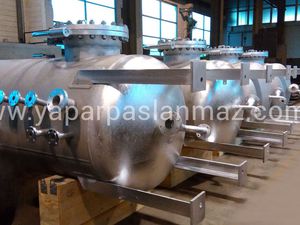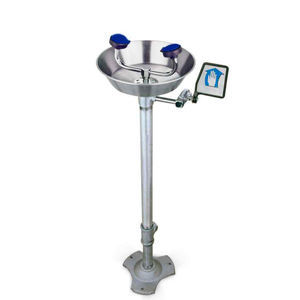
- Packing - Handling - Logistics
- Handling and Lifting
- Transport cart
- YAPAR MAKİNA A.Ş
Transport trolley basketother



Add to favorites
Compare this product
Characteristics
- Type
- transport
- Structure
- basket
- Intended load
- other
Description
Our Plywood Textile Fabric Trolley is used to carry wet and dry fabric like other textile trolleys. Plywood transport trolley is one of the most common textile transport trolleys used to carry fabrics safely and comfortably in the manufacturing of textile companies.
Plywood trolleys, which have a more convenient cost than wet fabric trolleys, can be used as an alternative to polyethylene fabric according to preference. With its wheel structure, it can move easily on any surface like our other fabric carrying trolleys. Polyethylene wheels can work smoothly for many years. Due to its structure, Plywood has been one of the indispensable parts of fabric carrying cars.
Plywood wood, peeling machines from the outside to the center obtained by peeling at least three peeling plates, fibers to be perpendicular to each other obtained by sticking the board. To qualify a layer as plywood only from plating sheets.
it has to be formed (obtained by peeling, not mowing). it is called countertop, If sawn timber is used in the decks.
In terms of relations with water, we can divide it into three main groups.
The first of these is plywood, which can only be used in indoor and dry environments.
The second is plywood (moisture resistant – MR), which is not in direct and continuous contact with water but is used in humid environments (eg boats).
The last one is plywood, which is produced with water-resistant glues called Water and Boil Proof (WBP) which is produced for use in any weather conditions. Phenolic resin is often used as glue in such plywood.
Catalogs
No catalogs are available for this product.
See all of YAPAR MAKİNA A.Ş‘s catalogs*Prices are pre-tax. They exclude delivery charges and customs duties and do not include additional charges for installation or activation options. Prices are indicative only and may vary by country, with changes to the cost of raw materials and exchange rates.











